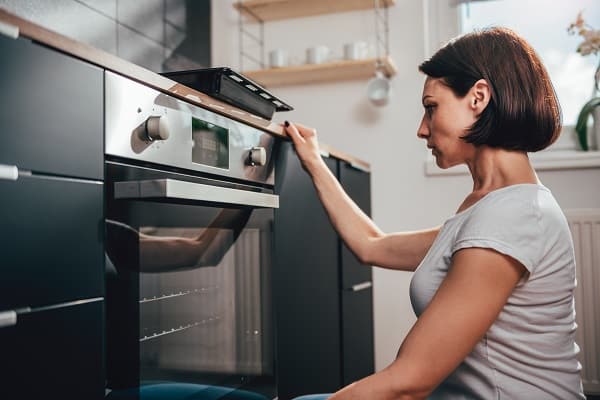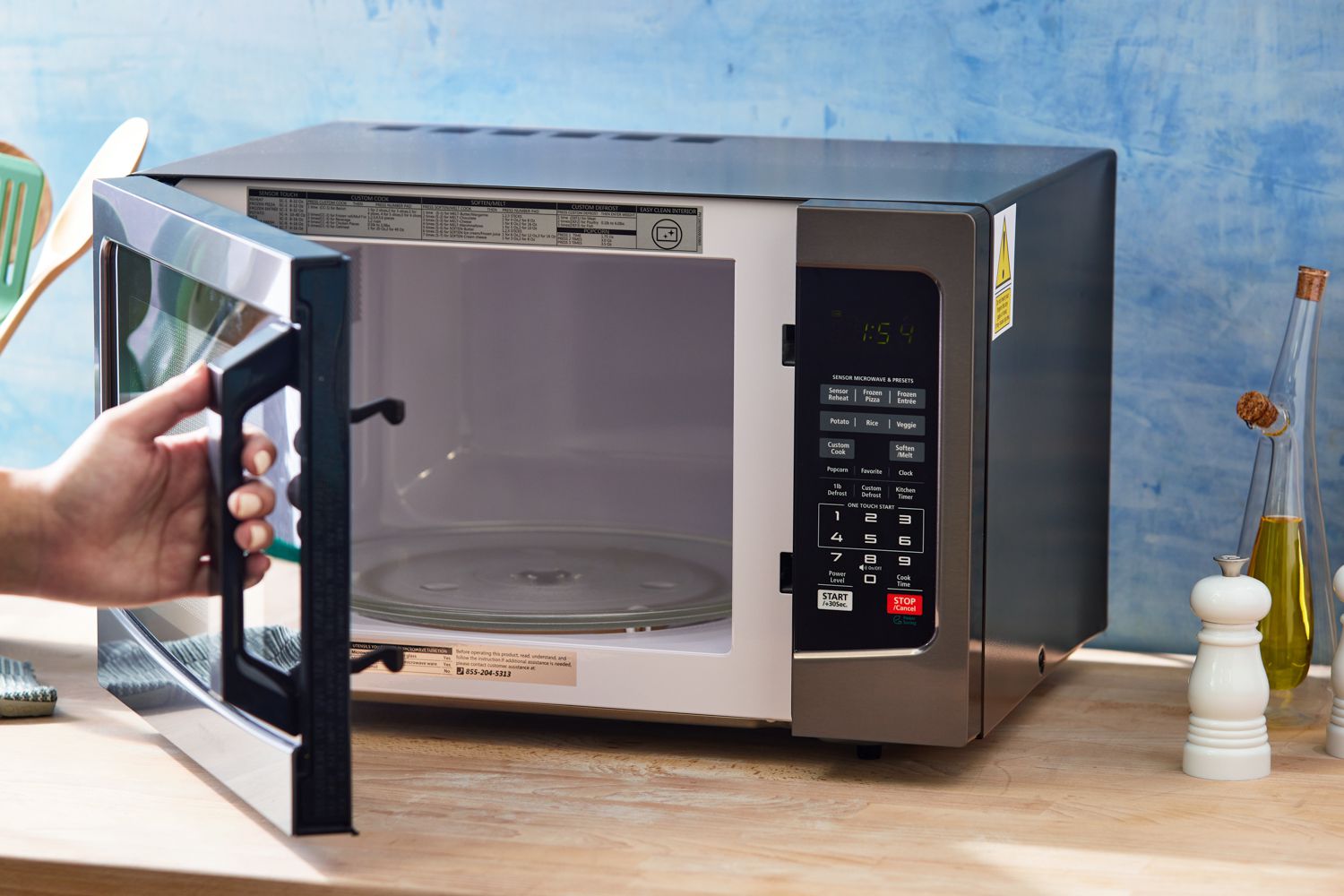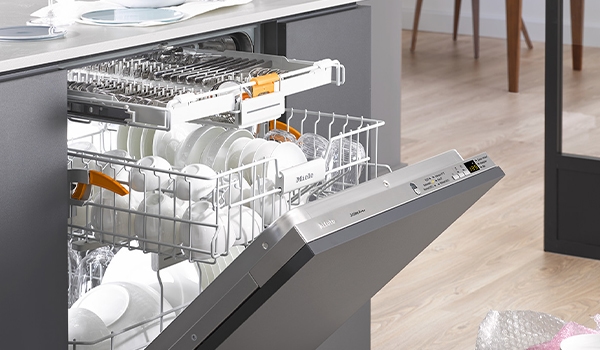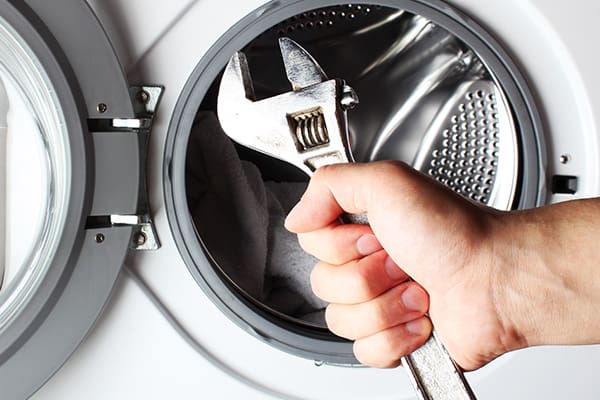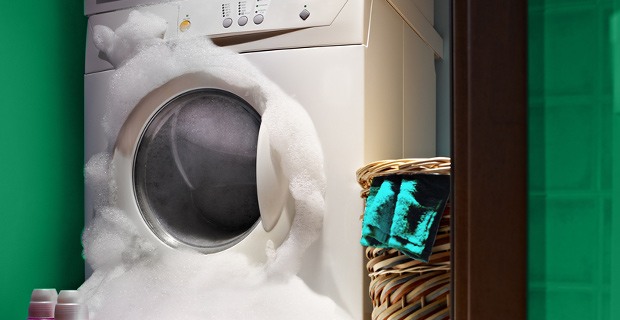Common Oven Heating Issues and DIY Fixes
Achieving culinary perfection hinges on an oven operating at its peak. However, issues like uneven heating or a non-responsive thermostat can hinder your cooking endeavors. In this guide, we'll delve into the intricacies of oven performance, addressing common problems such as thermostat malfunctions and heat obstructions. From understanding the basics of oven heating elements to providing DIY troubleshooting techniques, we'll equip you with the knowledge to overcome these challenges. Explore with us as we unravel the mysteries behind your oven's heating issues and empower you to restore its functionality with practical and effective solutions.
Understanding Oven Heating Elements: A Primer on Functionality
Oven heating elements play a crucial role in the cooking process, providing the necessary heat to bake, roast, and broil. Understanding their functionality is essential for troubleshooting and addressing common heating issues.
Bake Element
The bake element is typically located at the bottom of the oven and is responsible for generating consistent heat during baking. It glows red when active, creating the optimal temperature for baking dishes placed on the oven rack.
Broil Element
Positioned at the top of the oven, the broil element produces intense heat, perfect for broiling meats or achieving a golden-brown finish on casseroles. It operates independently or in conjunction with the bake element for versatile cooking.
Convection Oven Fans
In convection ovens, additional fans circulate hot air, promoting even cooking. Understanding the role of these fans is crucial for troubleshooting issues related to uneven heating or convection-specific problems.
Temperature Sensors
Modern ovens are equipped with temperature sensors that regulate the heat output to maintain a consistent internal temperature. Malfunctioning sensors can lead to inaccurate temperature readings and uneven cooking results.
Dual Heating Elements
Some ovens feature dual heating elements, allowing for precise temperature control in both baking and broiling modes. Understanding how these elements work together enhances your ability to identify and address heating irregularities.
In essence, a comprehensive grasp of oven heating elements provides a foundation for effective troubleshooting. As we explore common heating issues and DIY fixes, this understanding will empower you to address problems with confidence and precision.
Identifying Common Heating Problems: Why Is Your Oven Not Warming Up?
Identifying why your oven is not warming up is crucial for efficient troubleshooting and timely resolution. Let's delve into common heating problems that may be hindering your oven's performance:
Faulty Bake Element
A bake element that has burned out or developed defects can result in the oven's inability to reach the desired temperature. Inspect the element for visible damage, such as blistering or cracks.
Malfunctioning Broil Element
If the broil element is defective, the oven may struggle to generate sufficient heat, impacting both broiling and overall temperature. Examine the broil element for signs of damage or irregularities.
Issues with Oven Igniter
Gas ovens rely on an igniter to initiate the heating process. A malfunctioning igniter can lead to insufficient heat production. Check for glowing or sparking during the ignition phase.
Temperature Sensor Problems
Inaccurate temperature readings may stem from a faulty temperature sensor. Confirm if the sensor is securely positioned and functioning correctly, as discrepancies can affect the oven's heating accuracy.
Thermostat Malfunctions
The thermostat regulates the oven's temperature. Any malfunction, such as inaccurate calibration or failure to respond, can result in heating issues. Test the thermostat's functionality and calibration.
Tripped Thermal Fuse
A tripped thermal fuse, often a safety feature, can disrupt the heating process. Investigate whether the fuse has activated due to an overheating event, and if so, identify and rectify the root cause.
Understanding these common heating problems is the first step toward a successful diagnosis. In the subsequent sections, we'll explore DIY troubleshooting techniques and fixes tailored to address these specific issues, allowing you to restore your oven's warming capabilities with confidence.
DIY Troubleshooting: Steps to Resolve Uneven Heating in Your Oven
Resolving uneven heating in your oven is essential for achieving consistent and reliable cooking results. Here are practical DIY troubleshooting steps to address this common issue:
Inspect and Clean Heating Elements
Check both the bake and broil elements for any visible signs of damage, such as discoloration, blistering, or irregularities. Clean off any residue or food particles that may be affecting heat distribution.
Verify Element Continuity
Use a multimeter to test the continuity of the bake and broil elements. A lack of continuity indicates a faulty element that needs replacement for even heating.
Calibrate the Oven Thermostat
Confirm the accuracy of your oven's thermostat by using an oven thermometer. If there's a variance, recalibrate the thermostat according to the manufacturer's instructions to ensure precise temperature control.
Adjust Oven Racks
Uneven heating can result from improper rack placement. Adjust the oven racks to the recommended positions specified in your oven's user manual to promote balanced heat distribution.
Use Baking Stones or Insulated Baking Sheets
Placing baking stones or insulated baking sheets on the oven racks can help distribute heat more evenly. These accessories absorb and radiate heat, minimizing temperature fluctuations.
Rotate Baking Pans Midway Through Cooking
To counteract uneven heating, rotate baking pans or dishes halfway through the cooking time. This practice ensures that all items receive an equal share of heat exposure.
Check Ventilation and Airflow
Adequate ventilation is crucial for even heating. Ensure that the oven vents are unobstructed and that there's proper airflow within the oven cavity.
Inspect and Clean the Convection Fan
If your oven features a convection fan, ensure it operates smoothly and clean away any accumulated debris. A well-functioning fan promotes even air circulation for consistent heating.
By following these DIY troubleshooting steps, you can address uneven heating in your oven and enhance its overall performance. Next, we'll explore specific fixes for issues related to faulty thermostats and provide guidance on ensuring proper calibration for optimal cooking results.
Ensuring Proper Calibration: How to Adjust Your Oven's Temperature
Proper calibration of your oven's temperature is crucial for precise and consistent cooking. Here's a step-by-step guide on how to adjust your oven's temperature:
Gather Necessary Tools
You'll need an oven thermometer to accurately measure the temperature inside your oven. Ensure the thermometer is reliable and properly calibrated.
Preheat Your Oven
Set your oven to a specific temperature and allow it to preheat fully. This ensures that the internal temperature stabilizes before you begin calibration.
Place the Oven Thermometer
Position the oven thermometer on the center rack, where you commonly place your dishes. Close the oven door and wait for the thermometer to stabilize.
Record Temperature Discrepancies
Once the oven thermometer stabilizes, compare its reading to the set temperature. Note any discrepancies and whether the oven is running too hot or too cold.
Access the Thermostat Adjustment Knob or Digital Controls
Depending on your oven model, locate either the thermostat adjustment knob or navigate through the digital controls to access the temperature calibration settings.
Adjust the Thermostat
If your oven has a knob, it might have a calibration dial. Adjust it according to the temperature discrepancies you recorded. For digital controls, follow the manufacturer's instructions to input the necessary adjustments.
Recheck the Temperature
After making adjustments, allow the oven to preheat again. Recheck the temperature with the oven thermometer to confirm that it aligns with the set temperature.
Repeat if Necessary
If further adjustments are needed, repeat the process until the oven consistently reaches and maintains the desired temperature.
Consult the User Manual
For precise calibration instructions tailored to your oven model, refer to the user manual provided by the manufacturer. It may include specific guidelines and details on the calibration process.
Calibrating your oven ensures that it cooks at the correct temperature, preventing undercooking or overcooking of your dishes. In the next section, we'll explore common issues related to faulty thermostats and provide DIY fixes for temperature control problems in your oven.
Dealing with Faulty Thermostats: DIY Fixes for Temperature Control Issues
Addressing temperature control issues stemming from faulty thermostats in your oven is essential for consistent cooking results. Here are practical DIY fixes to tackle thermostat-related problems:
Test Thermostat Accuracy
Begin by preheating your oven to a specific temperature and using an oven thermometer to assess its accuracy. If there's a significant variance, the thermostat may need attention.
Access the Thermostat
Locate the thermostat within your oven. It's often situated near the oven's control panel or behind the back panel. Refer to your oven's user manual for specific guidance on accessing the thermostat.
Check for Calibration Settings
Some ovens come with built-in thermostat calibration settings. Consult your user manual to see if your oven allows for manual calibration adjustments.
Inspect for Dirt and Debris
Accumulated dirt or debris around the thermostat sensor can interfere with its functionality. Gently clean the area using a soft brush or cloth to ensure accurate temperature readings.
Test the Thermostat's Continuity
Use a multimeter to test the thermostat's continuity. If the multimeter indicates an open circuit or irregular readings, it's a sign that the thermostat may be faulty and requires replacement.
Replace the Thermostat
If the thermostat is beyond repair, consider replacing it. Consult your oven's user manual or seek professional assistance if you're unsure about the replacement process.
Perform a Bypass Test
A bypass test involves temporarily bypassing the thermostat to assess whether the oven heats up consistently without it. If it does, the thermostat is likely the culprit.
Consult Professional Assistance
If DIY efforts do not resolve the thermostat issue or if you're uncomfortable with the process, consider consulting a professional technician. They can diagnose and replace the thermostat as needed.
By addressing faulty thermostats through these DIY fixes, you can regain control over your oven's temperature and ensure that it operates accurately. In the next section, we'll explore cleaning tips to eliminate potential heat obstructions and maintain optimal oven performance.
Cleaning Tips for Optimal Oven Performance: Eliminating Heat Obstructions
Maintaining a clean oven is crucial for optimal performance and preventing heat obstructions that can affect cooking results. Here are effective cleaning tips to ensure your oven operates at its best:
Regular Oven Cleaning
Schedule regular cleaning sessions to prevent the buildup of grease, food particles, and residue. Remove oven racks and trays for thorough cleaning, either using commercial oven cleaners or natural solutions like baking soda and vinegar.
Clean Oven Vents
Check for vents or openings in your oven and ensure they are free from any obstructions. Clear away accumulated debris using a soft brush or cloth. Proper ventilation is essential for even heat distribution.
Inspect the Oven Door Seal
The oven door seal creates a tight seal to retain heat. Regularly inspect the seal for any damage or wear. If needed, replace a faulty seal to prevent heat from escaping and ensure efficient cooking.
Remove Burned-On Residue
Burned-on residue on the oven walls or bottom can affect heat distribution. Use a scraper or a non-abrasive sponge to gently remove stubborn residues. Avoid harsh chemicals that may damage the oven interior.
Clean the Oven Ceiling
Over time, the oven ceiling can accumulate grease and grime. Wipe it down regularly using a damp cloth or sponge. For tougher stains, a mixture of baking soda and water can be effective.
Inspect the Convection Fan
If your oven features a convection fan, ensure it is clean and free from debris. A dirty fan can hinder proper airflow, leading to uneven heating. Gently clean the fan blades with a soft brush or cloth.
Clean the Oven Window
A clean oven window not only enhances visibility but also ensures that the oven light can effectively illuminate the interior. Use a glass cleaner or a vinegar-water solution for streak-free cleaning.
Wipe Down Control Panels
Keep control panels free from spills and residue. Use a damp cloth to wipe down buttons and displays, ensuring that they remain responsive and functional.
Regular maintenance and cleaning contribute to optimal oven performance, reducing the likelihood of heat-related issues. By following these cleaning tips, you'll create an environment that promotes efficient heat distribution and enhances your overall cooking experience.


